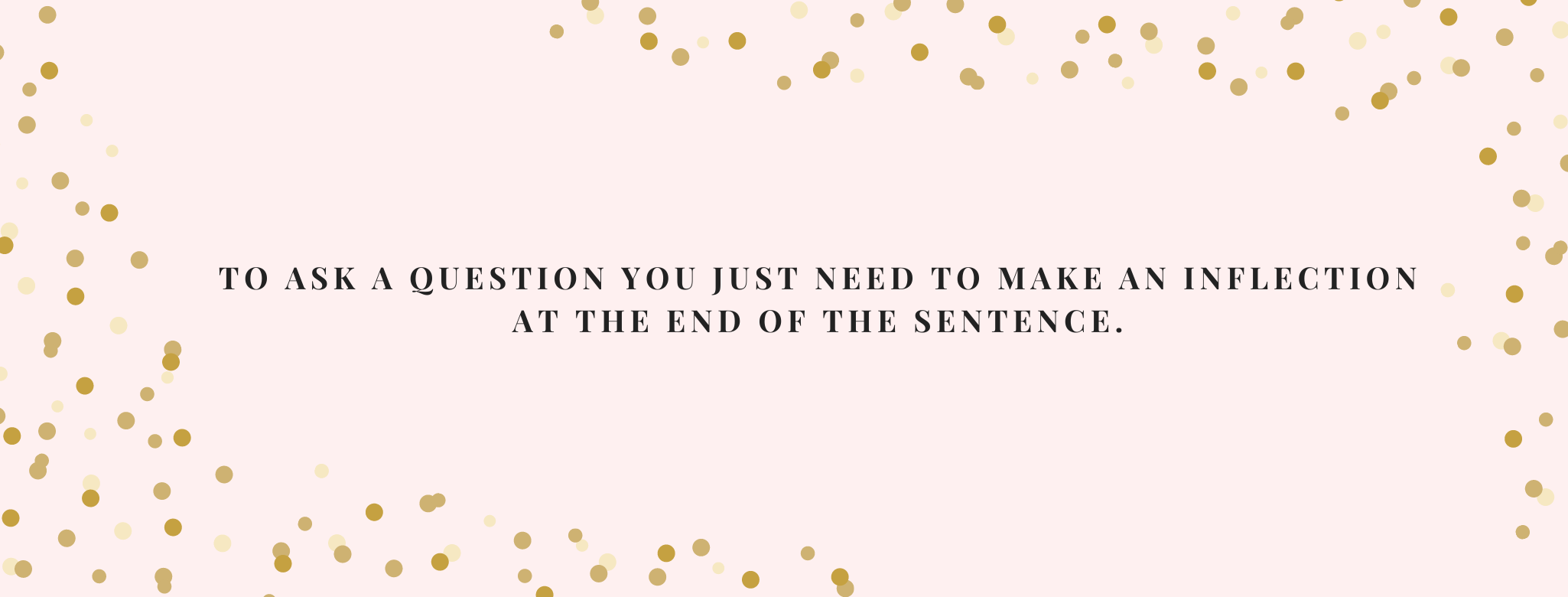I mean it this time! I'm really going to do it! I will achieve this bucket list goal! Fortunately COVID has given me the time and space to stop and reflect. With this time, I was able to remove the noise and remember how much this goal meant to me.
It isn't just that speaking another language would be cool. Or that I commonly hang my head in shame when I meet someone who can speak multiple languages. This accomplishment would mean that I can converse with my husband in his native tongue and communicate better with certain members of our family.
I have taken the time during COVID to reignite this passion and am picking up the task to finally accomplish this goal. However here I am, again, at the beginning line of a very long race knowing how challenging this task will be.
There is only one way forward so here we go! I decided to use the Mango Languages app because it specifically teaches the Levantine dialect, which is what my husband speaks. There are arguments for learning Modern Standard Arabic (MSA) first, and I do have some minimal knowledge in MSA; however, I have to remember my goal. It is to be able to speak and converse with others, which is only done in the Levantine dialect with my family.
The first chapter of the lesson (Unit 1, Chapter 1) goes over salutations and small talk. In fact, it is named Salutations and Small Talk (go figure)! This chapter is a great introduction to some basic Levantine vocabulary, along with a base knowledge of grammar.
It may seem overwhelming at first so definitely take your time and don't rush. One rule that has helped me in the past is to only move on when you are 80% comfortable. This is a great way to gauge how much you know without letting yourself be held back. Once you feel like you know approximately 80% of the lesson, move on and there will be more practice in the upcoming chapters to help you gain comfortability in the remaining 20%.
This chapter includes 55 new vocab words which will help you initiate conversations with an Arabic speaker. You will learn how to greet people, make some small talk about the weather, and express your gratitude. Your conversation ability will be pretty minimal, but remember you are just getting started here!
The grammar covered will be fairly novice as you will learn how to express yourself and converse with another person (singular pronouns). You will learn how to make something definite by adding the English equivalent to 'the' to your Arabic vocabulary listed below or here for the PDF.
Vocabulary list
- Visit my Memrise course to practice the vocabulary used on the Mango app.
- Download a list of Chapter 1's summary and vocabulary list.
- This chapter does not go over the writing of Arabic letters. If you're wanting to learn to speak, stick with the app. If you have the goal to learn to read and write, visit this YouTube video to get a fundamental understanding. I like this one as it shows how to move your mouth to pronounce each letter. You may also want to check out Duolingo and Drops, which both have introductions to the Arabic alphabet.
- If you want more help with Arabic pronunciations, try this video out!
















Marhaba, my friend and I recognize the frustration of finding learning material to learn spoken Levantine Arabic. We started a podcast called The Arabic We Speak and we write worksheets which include engaging exercises and the audio script. It could be useful languager exposure. We hope you will check it out and that it helps you learn the Arabic we speak. https://anchor.fm/dalal-amani
ReplyDeleteThanks for letting us know! I love the worksheets that you have posted and will definitely tune in.
Delete